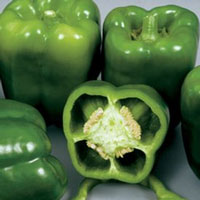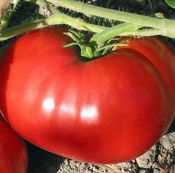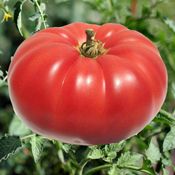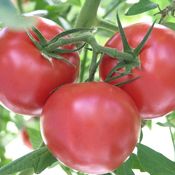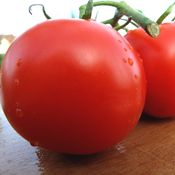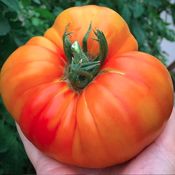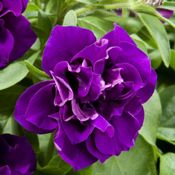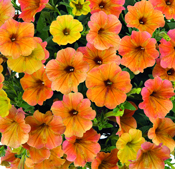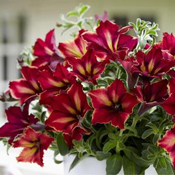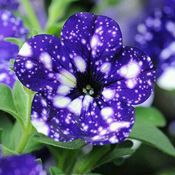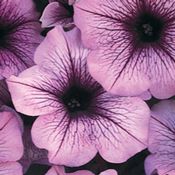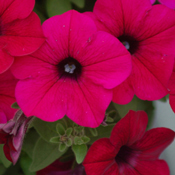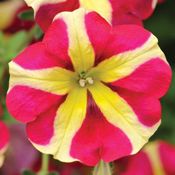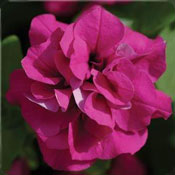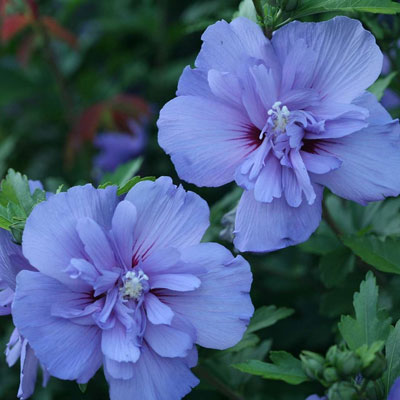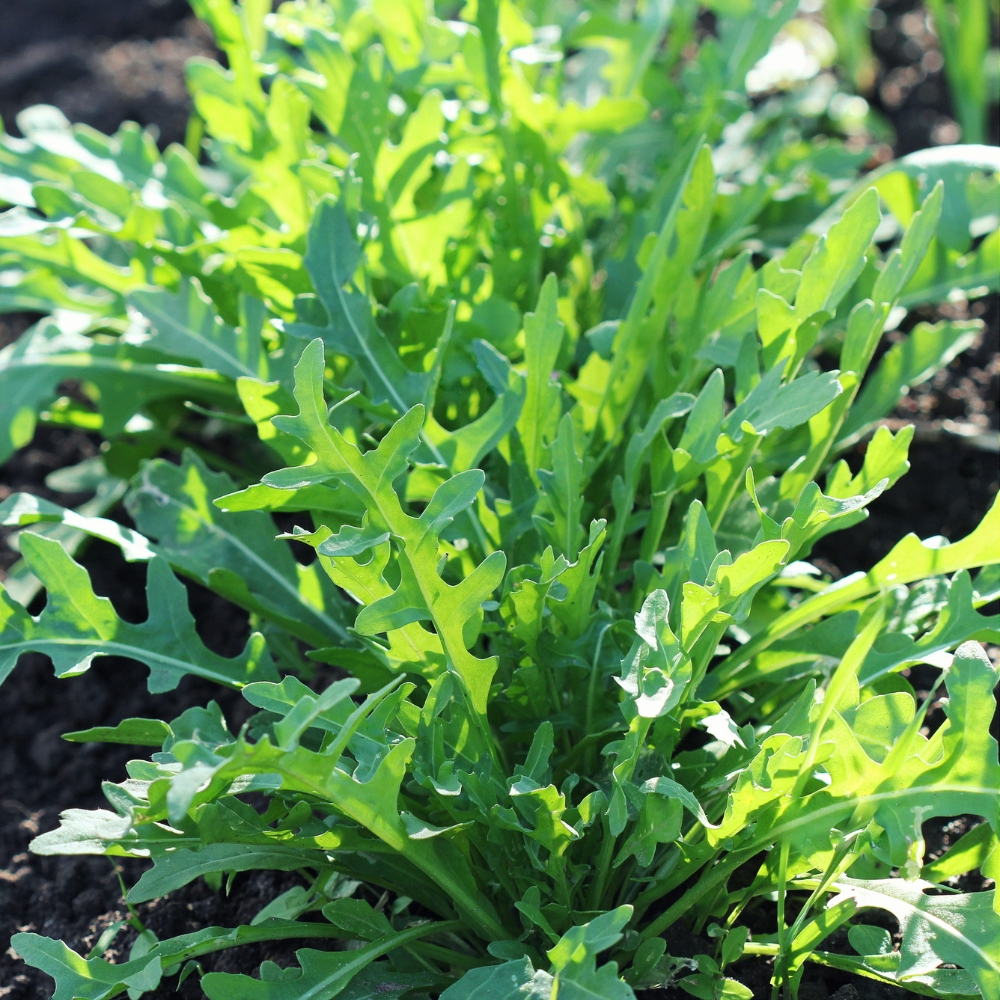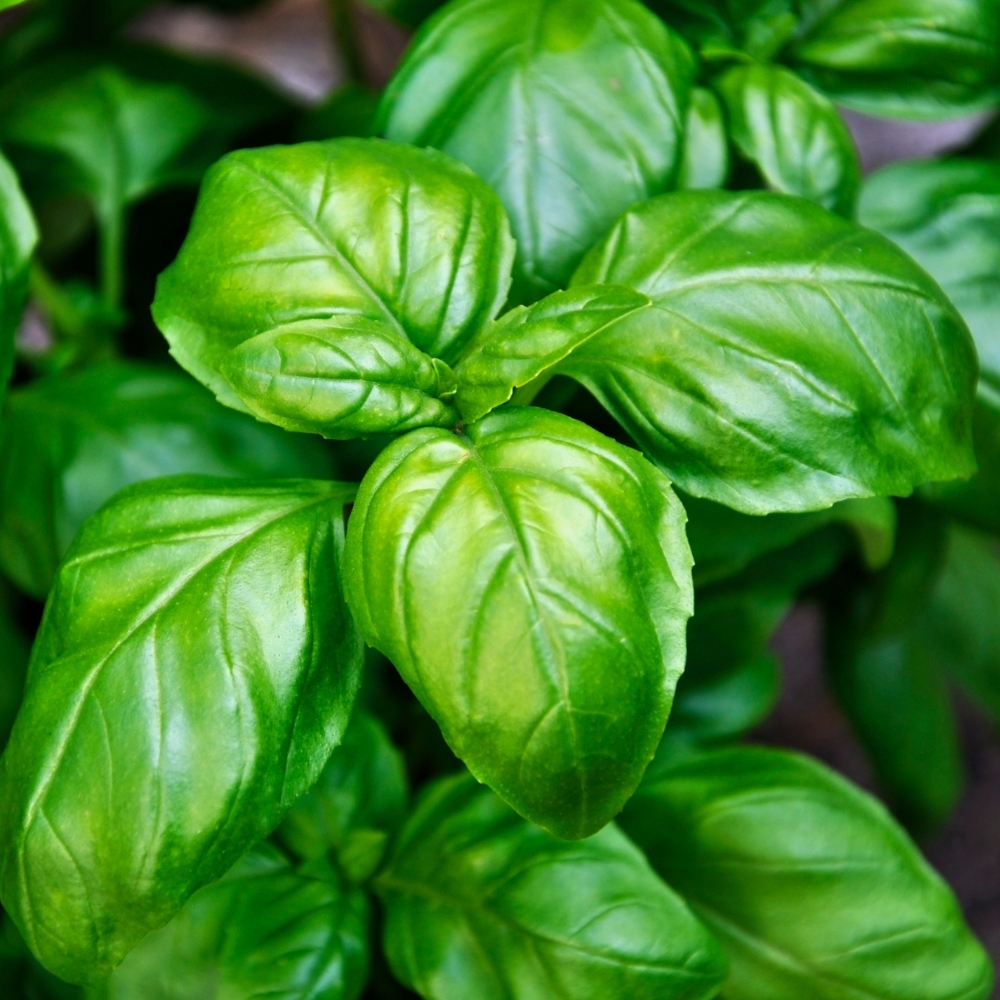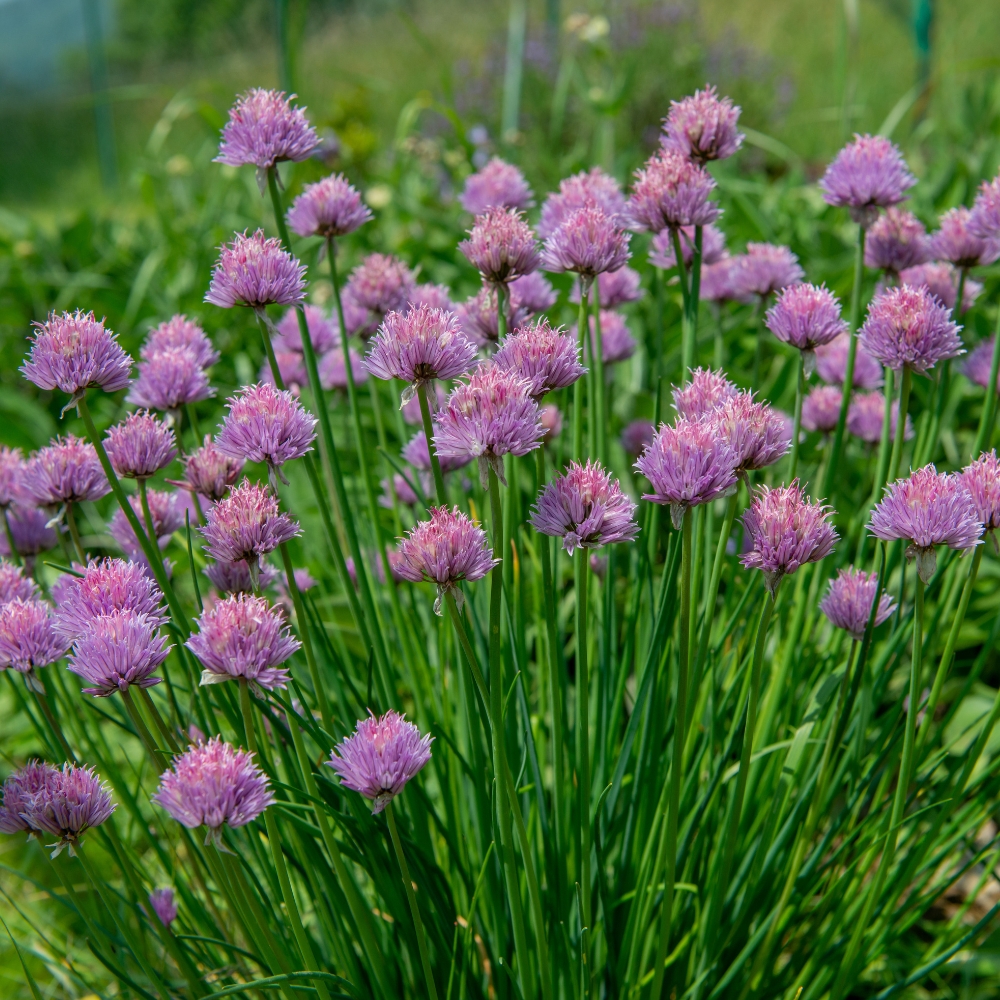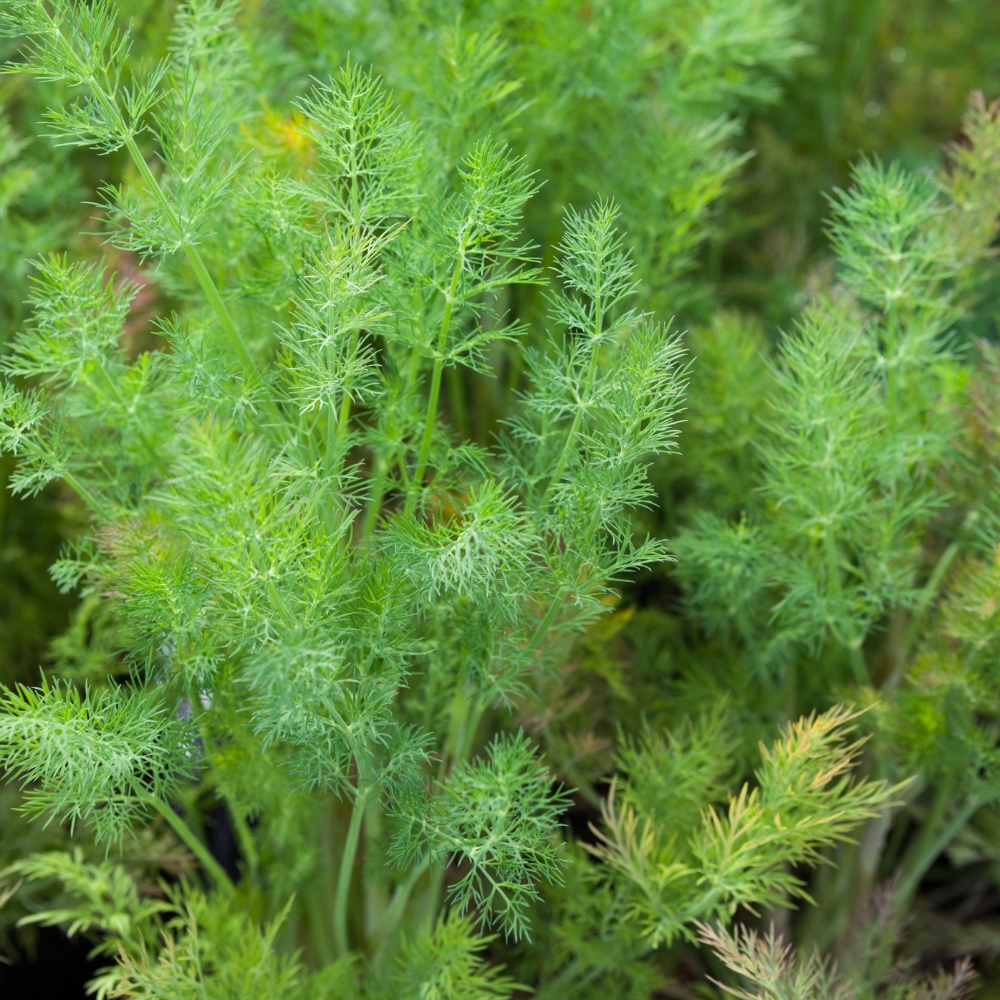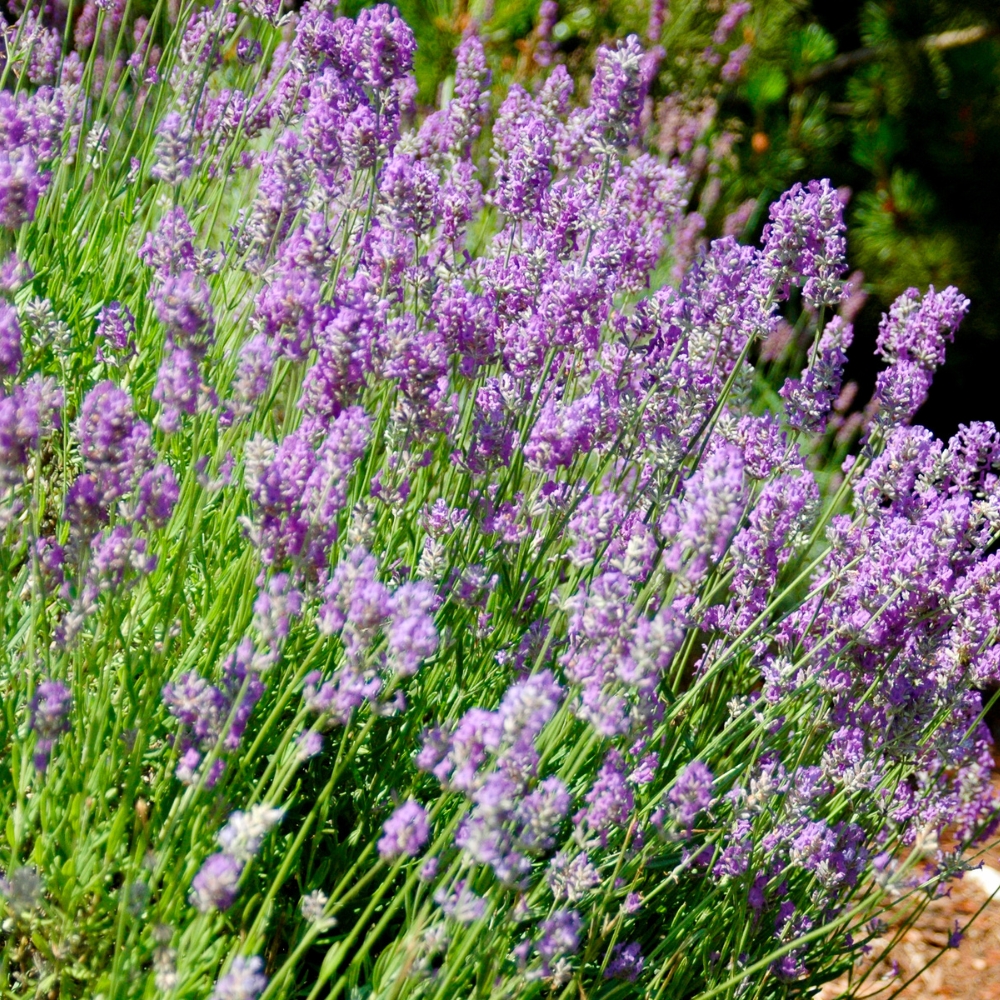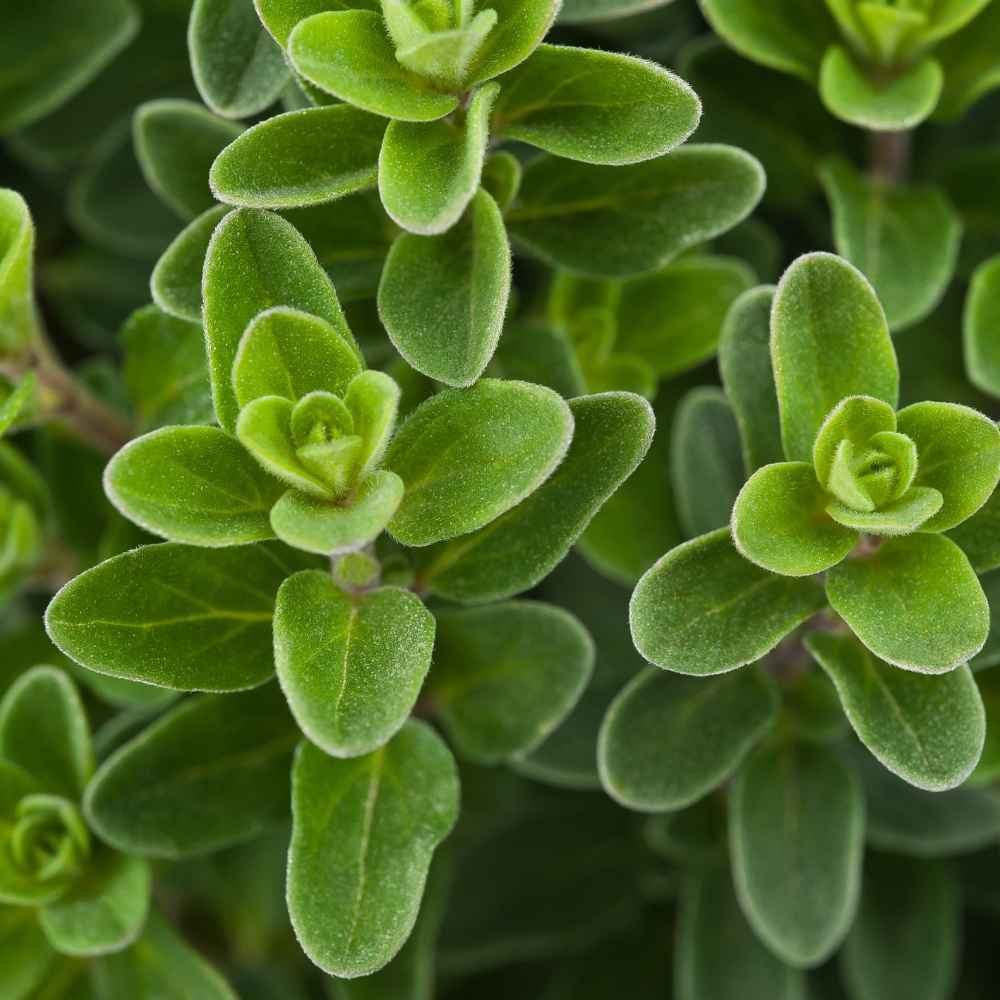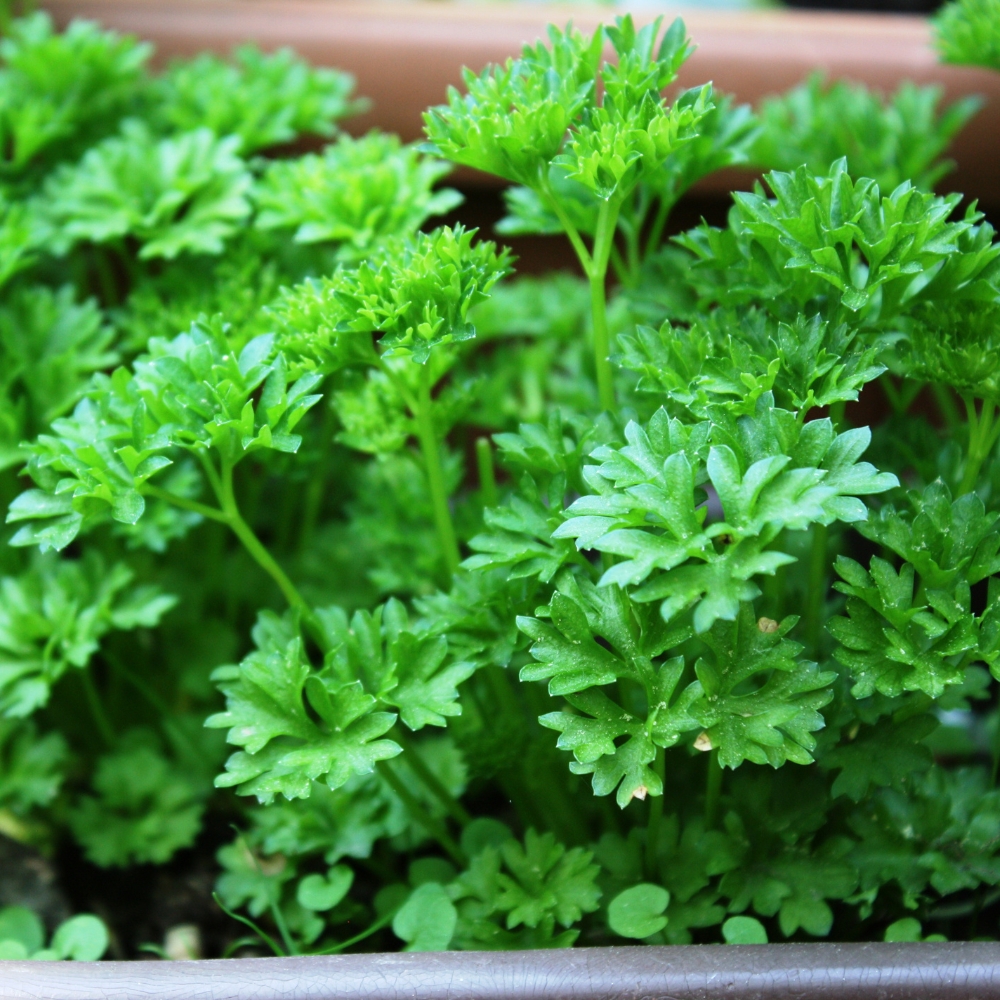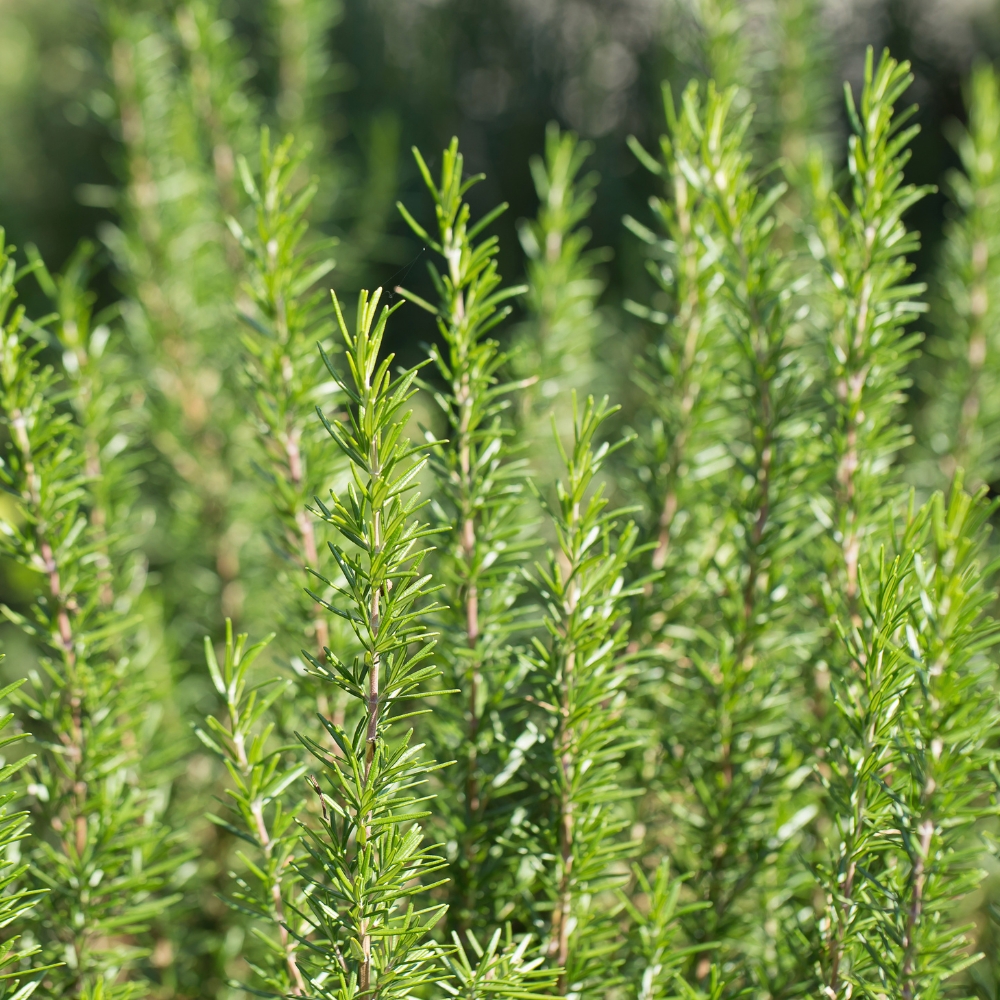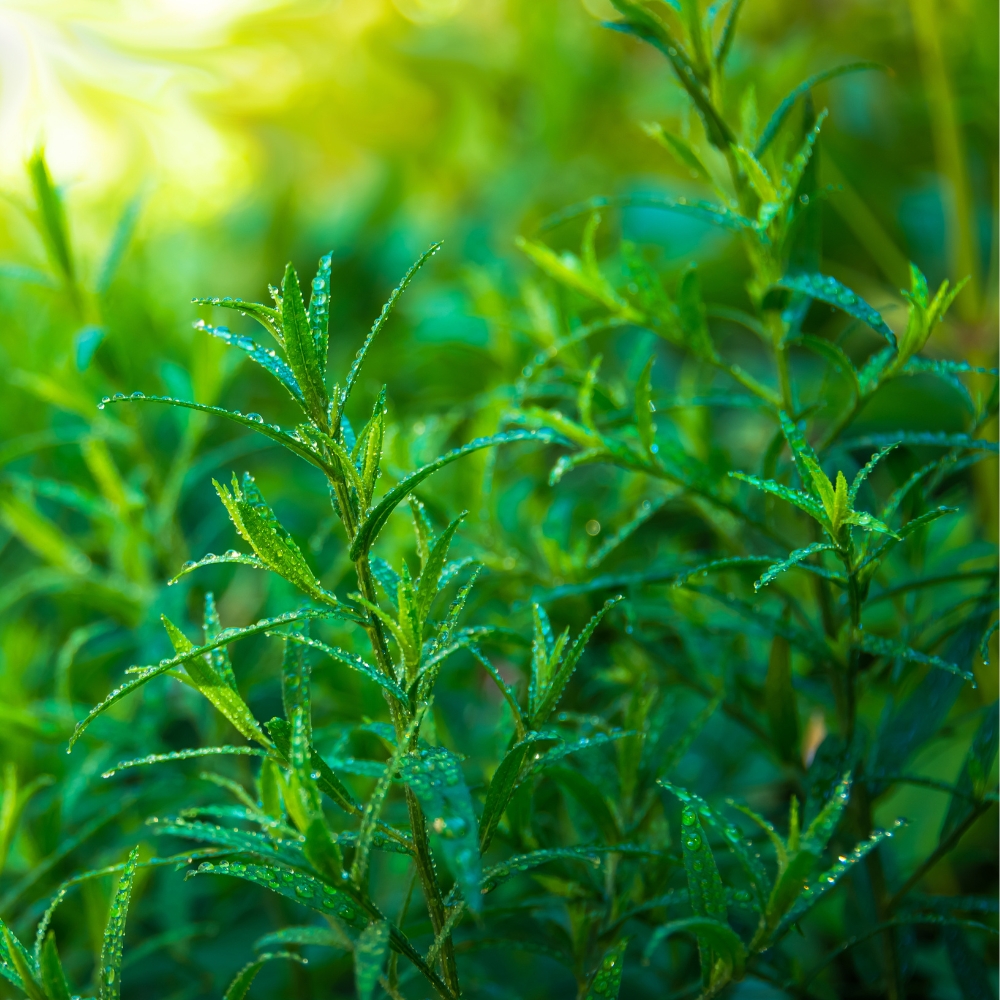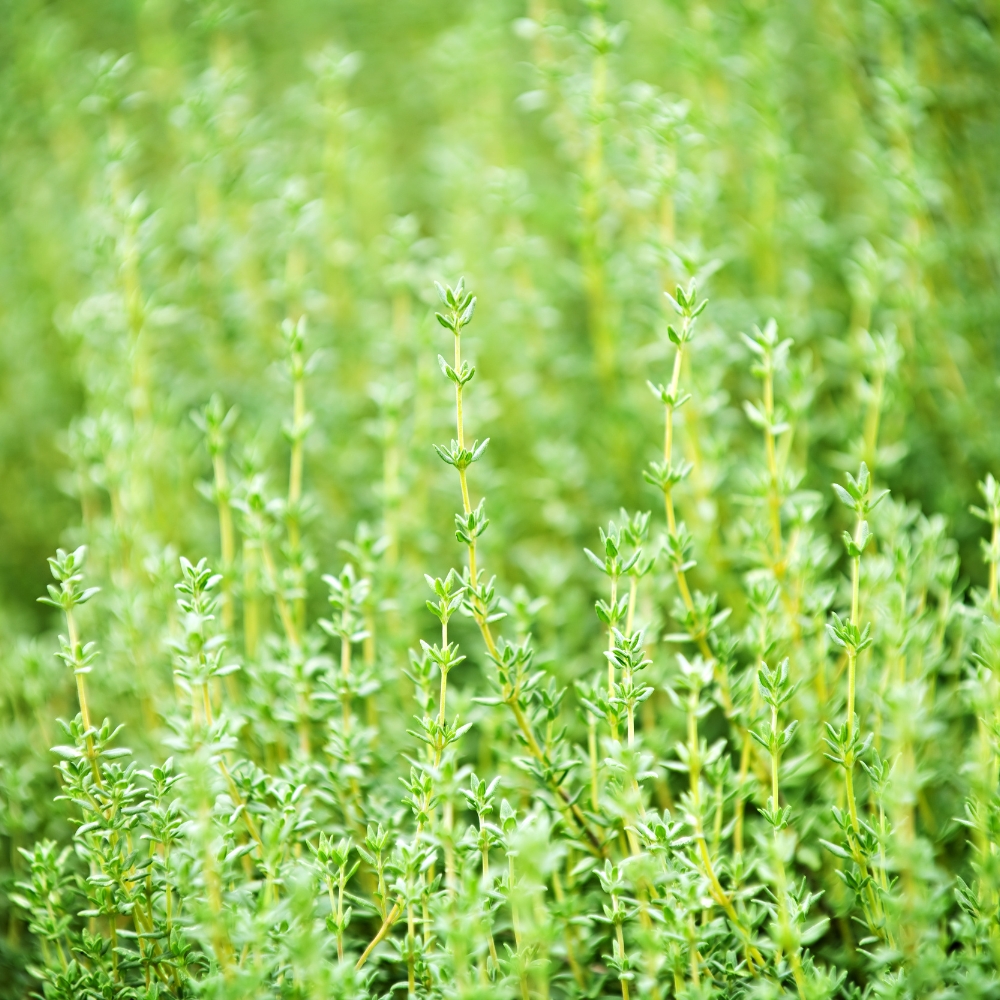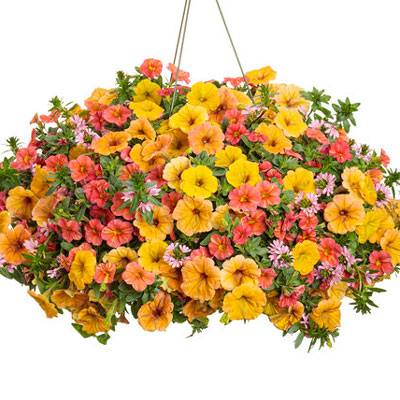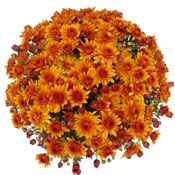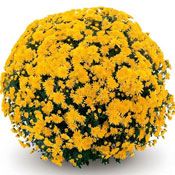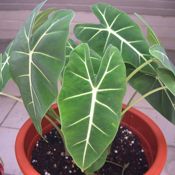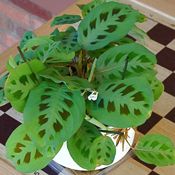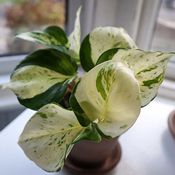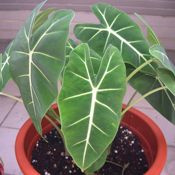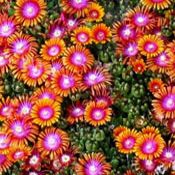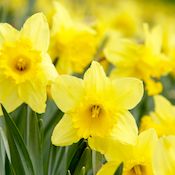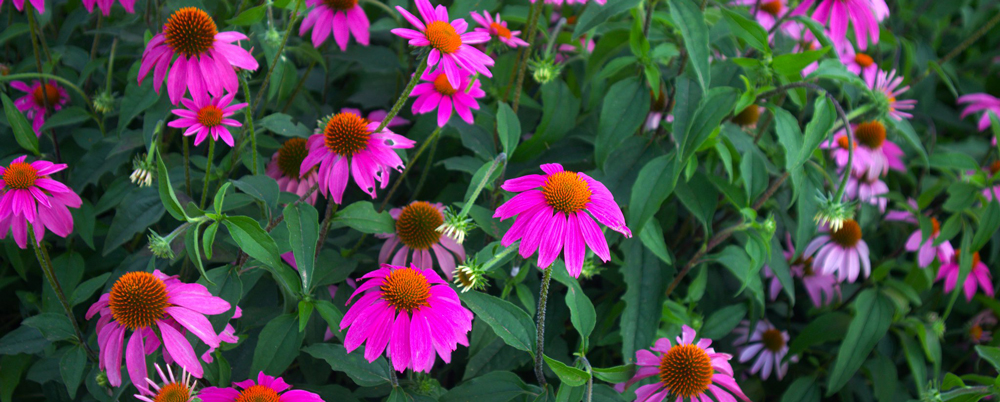
Echinacea, commonly known as coneflower, is a perennial that graces many gardens with its daisy-like blooms and robust nature. Native to North America, these hardy plants not only add a splash of color to your garden but also play a crucial role in supporting local ecosystems by attracting pollinators. To maximize the beauty and benefits of echinacea in your garden, consider incorporating companion plants that complement its growth habits and enhance its natural charm.
Growing Information for Echinacea
Before we delve into companion plants, let's review the basic growing requirements for echinacea:
- Hardiness: USDA zones 3-9
- Soil: Well-draining, moderately fertile
- Sun: Full sun to partial shade
- Water: Drought-tolerant once established
- Bloom time: Mid-summer to early fall
With these characteristics in mind, let's explore some of the best companion plants that thrive alongside echinacea and enhance its beauty in the garden.
Best Companion Plants for Echinacea
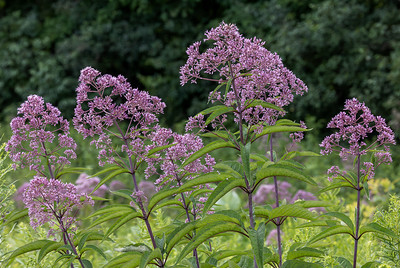
Joe Pye Weed (Eutrochium purpureum):
- Provides height contrast, growing taller than echinacea
- Creates a backdrop for echinacea in design
- Blooms late summer, extending the garden's visual interest

Salvia (Salvia nemorosa):
- Provides vertical accent with spiky flower stalks
- Can be used to create rhythm in a planting design when repeated
- Often blooms earlier than echinacea, extending the season of interest
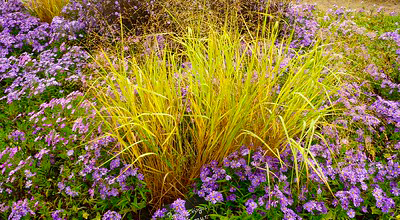
Ornamental Grasses (e.g., Switchgrass - Panicum virgatum):
- Adds texture contrast to echinacea's flowers
- Provides movement in the garden
- Offers winter interest after echinacea has faded
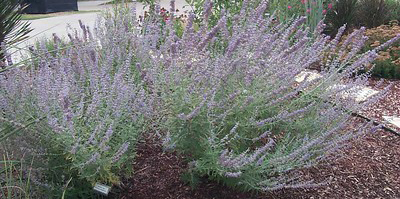
Russian Sage (Perovskia atriplicifolia):
- Complements echinacea with its airy, silvery foliage
- Drought-tolerant, sharing similar growing conditions
- Provides a soft, hazy backdrop to echinacea's bold flowers
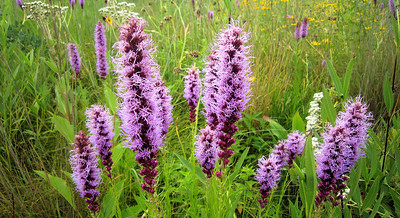
Blazing Star (Liatris spicata):
- Vertical spikes contrast with echinacea's daisy-like flowers
- Attracts butterflies, enhancing the garden ecosystem
- Similar prairie native, suited to the same growing conditions
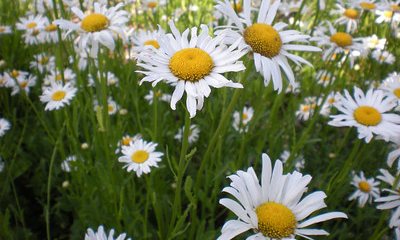
Shasta Daisy (Leucanthemum x superbum):
- Similar flower shape to echinacea, creating unity in design
- White flowers contrast with purple/pink echinacea
- Slightly shorter, can be planted in front of echinacea for layering

Black-eyed Susan (Rudbeckia fulgida):
- Shares similar daisy-like flower shape for design cohesion
- Golden yellow flowers complement echinacea's colors
- Thrives in similar sunny, well-drained conditions
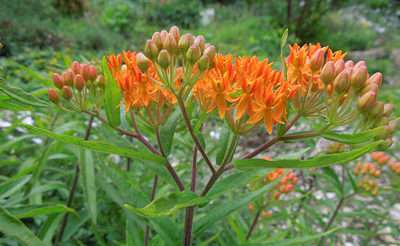
Butterfly Weed (Asclepias tuberosa):
- Attracts butterflies, particularly monarchs
- Bright orange flowers contrast with echinacea's typical colors
- Drought-tolerant, sharing echinacea's preference for well-drained soil
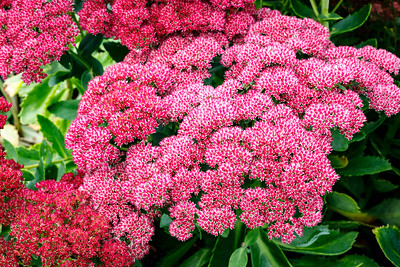
Sedum (Hylotelephium):
- Provides late-season color, often blooming after echinacea
- Succulent foliage offers textural contrast
- Shares echinacea's preference for well-drained soil
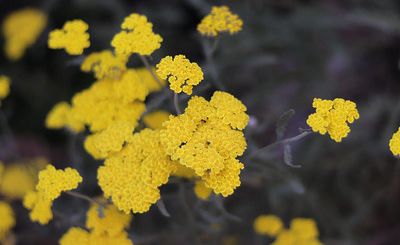
Yarrow (Achillea millefolium):
- Flat-topped flower clusters contrast with echinacea's cone shape
- Drought-tolerant, complementing echinacea's low-water needs
- Available in various colors to coordinate with or contrast echinacea
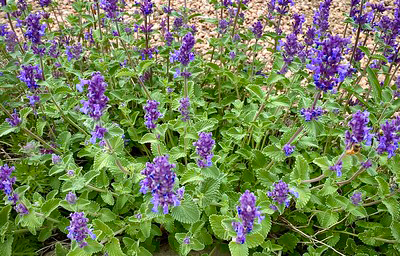
Catmint (Nepeta):
- Low-growing habit, good for planting in front of echinacea
- Blooms earlier than echinacea, extending the garden's season of interest
- Aromatic foliage adds sensory element to the garden
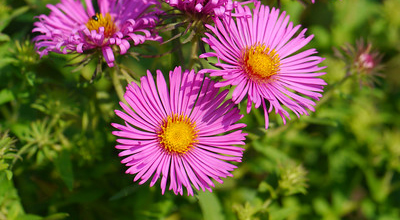
Asters (Symphyotrichum):
- Late-blooming, providing color after echinacea has finished
- Similar daisy-like flowers create continuity in design
- Attracts late-season pollinators
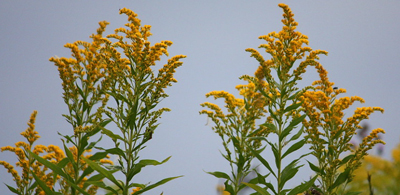
Goldenrod (Solidago):
- Late summer/fall bloomer, extending the season
- Yellow flowers complement purple/pink echinacea
- Native plant often found in similar habitats to echinacea
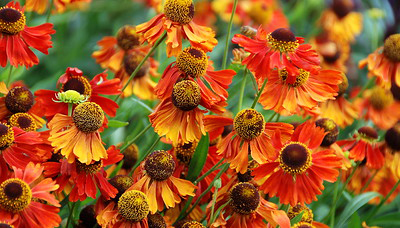
Sneezeweed (Helenium):
- Late-season bloomer, providing color when echinacea fades
- Warm-colored flowers contrast with cool-toned echinacea
- Similar height, good for interplanting with echinacea

Penstemon (Penstemon digitalis):
- Vertical flower spikes add structural contrast
- Often blooms earlier than echinacea, extending the season
- Attracts hummingbirds and other pollinators
Design Tips for Planting Echinacea with Companions
When incorporating these companions into your garden, consider the following design principles:
- Layering: Plant taller companions like Joe Pye Weed or ornamental grasses behind echinacea, with shorter plants like catmint or sedum in front.
- Color combinations: Play with complementary colors, such as pairing purple echinacea with yellow black-eyed Susans, or create a soothing palette with pink echinacea and Russian sage.
- Texture: Combine the coarse texture of echinacea leaves with fine-textured plants like ornamental grasses or the feathery foliage of yarrow.
- Seasonal interest: Include early, mid, and late-season bloomers to ensure your garden remains vibrant throughout the growing season.
Final Thoughts
Companion planting with echinacea not only enhances the visual appeal of your garden but also creates a more diverse and resilient ecosystem. By choosing plants that share similar growing requirements and complement echinacea's form and color, you can create a harmonious and low-maintenance garden that buzzes with life throughout the season. Experiment with these companions and discover the perfect combinations for your unique garden space.

















































































